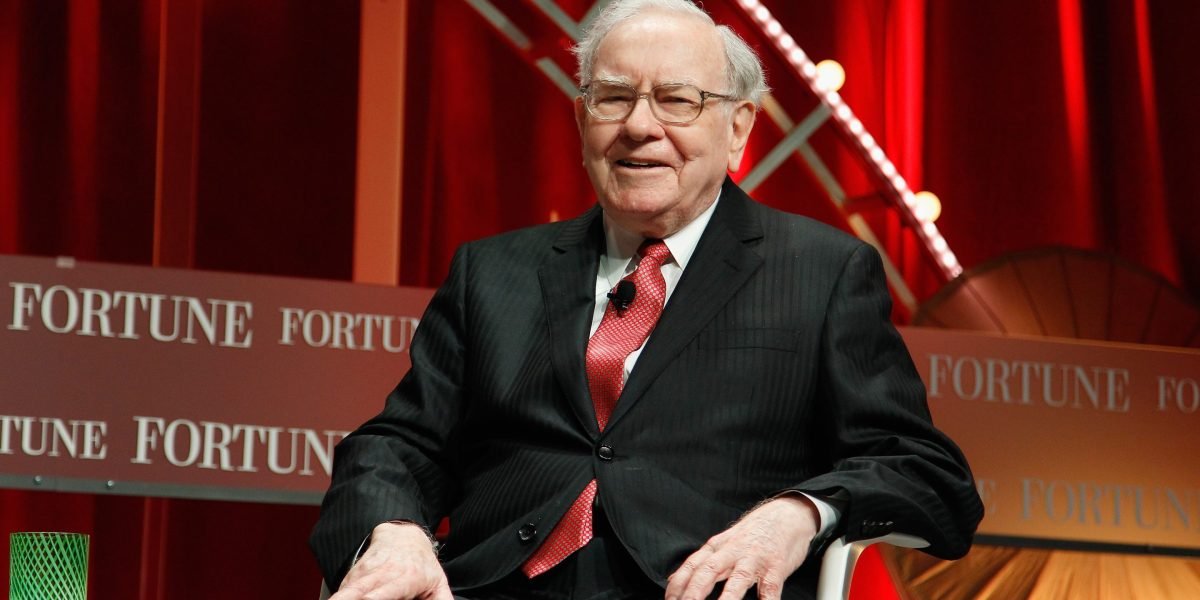24
The digital space has significantly transformed in recent years, as many innovations have appeared in the game, improving the art landscape. Non-fungible tokens (NFTs) are some of the inventions of this kind that have opened the door for many artists to create unique pieces of art and monetize their creations. NFTs are artworks that can later be tokenized using blockchain technology, adding fantastic features like irreplaceability and uniqueness. With the help of NFTs, artists can encounter a new world of possibilities to showcase their talent and connect better with global audiences from all around the world.
Additionally, with NFTs, artists can break through all the barriers and gain a bigger visibility, which is a great bonus. This can improve the relationship between artists and fans even more, as they will have something unique that will make individuals love and support their favorite artists even more because they can easily buy NFT. In this article, we will find out more information about NFTs and the benefits they can bring to artists’ lives.
A short history of NFTs
The history of NFTs starts with Quantum, the first piece of this kind ever created. After this, the NFTs world continued with Spells of Genesis, which appeared in 2015, and then with Rare Pepes, which came out in 2016. But, these projects weren’t that successful, and they didn’t benefit from a big popularity, as they remained known only in the crypto and blockchain space.
The NFT phenomenon started to gain mainstream attention in 2017 when NFTs began to be created on the Ethereum blockchain which drove an increase in the eth coin price. In previous years, the last collections were launched on other blockchains, making transferring and trading ownership challenging. However, this process has been simplified with the help of Ethereum, which automates many tasks with smart contracts, encouraging programming, token creation, and storage directly on the blockchain.
Bitcoin didn’t support the creation of NFTs at first, but things have changed, as it has introduced the Bitcoin Ordinals protocol and the Runes protocol, which added other use cases to the blockchain. Bitcoin Ordinals work by inscribing data on individual Satoshis, which can be either videos, images, or text. What is very different from Ethereum NFTs is that Ordinals are created directly on Bitcoin and not on off-chains, which occurs on Ethereum. People only have to create an ordinals wallet to add their digital assets, and are ready to go.
Why should artists create NFTs?
NFTs add scarcity features
Scarcity is a fantastic feature of NFTs that can add a lot of advantages to a piece of work, as it can increase its value and, in this way, drive the prices upwards. Scarcity is even more important today when there are a lot of clips and images, and it can be quite hard to come up with something original. However, things change when creating NFTs, as they offer the possibility to generate scarcity by creating original pieces of artwork that come with verifiable ownership. This is why NFTs will always be one of a kind, as each piece is original. Scarcity can increase an artwork’s value and the reputation of the artists, who can attract a larger fan base.
Benefit from more autonomy
With the help of NFTs, artists will also have better autonomy, as they will create their own work and sell it directly to their audience later. Centralized platforms rely on governments and banks, but that doesn’t occur when creating NFTs, as they function by leveraging blockchain technology. This is why artists will have better control over their creative vision, which is essential as artists are known to enjoy freedom more than anything. With the help of NFTs, artists will not need to interact with traditional gatekeepers, which will offer more autonomy. In return, this will democratize the art space to a great extent, encouraging more artists to join this landscape.
Access to new audiences
NFTs are created on blockchains, and people can buy them with cryptocurrencies, opening the door for artists to access new audiences from the crypto space. This audience differs from individuals in the traditional art world, which will make artists expand their fan base. Over the years, fans have paid colossal money to buy NFTs from their favorite artists. For example, the CryptoPunk #5822 was sold for no more no less than $23,7 million. So, besides reaching new audiences, artists could also benefit from many profits from selling NFTs.
Earn royalties
In traditional art, artists don’t really receive royalty payments, which is a detriment that can pose problems. However, things change in the case of NFTs, created on blockchains where artists can leverage smart contracts to execute royalties each time their NFTs are resold. This can bring a lot of advantages, especially for emerging artists at the beginning of their careers. This happens because if they become famous, their work’s value could increase more, which is why receiving royalties is a good idea. So, NFTs offer the door to a lot of other possibilities that artists could take advantage of.
The bottom line
The intriguing world of NFTs has opened the door to many possibilities in the lives of artists, including the ability to monetize their digital creations. The best benefits of NFTs are that they offer authenticity and ownership, and artists could also have new revenue streams, grow their fan base, and seize new opportunities.
NFTs have revolutionized the art landscape forever and offered something that people hadn’t even imagined up until that moment. With their help, artists will be able to embark on a journey filled with many possibilities that transform how art is created. NFTs will offer artists more control over their work so that they can truly unleash their creative spirit.
What’s your opinion about NFTs?














Leave a Reply